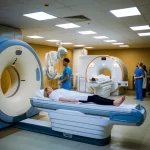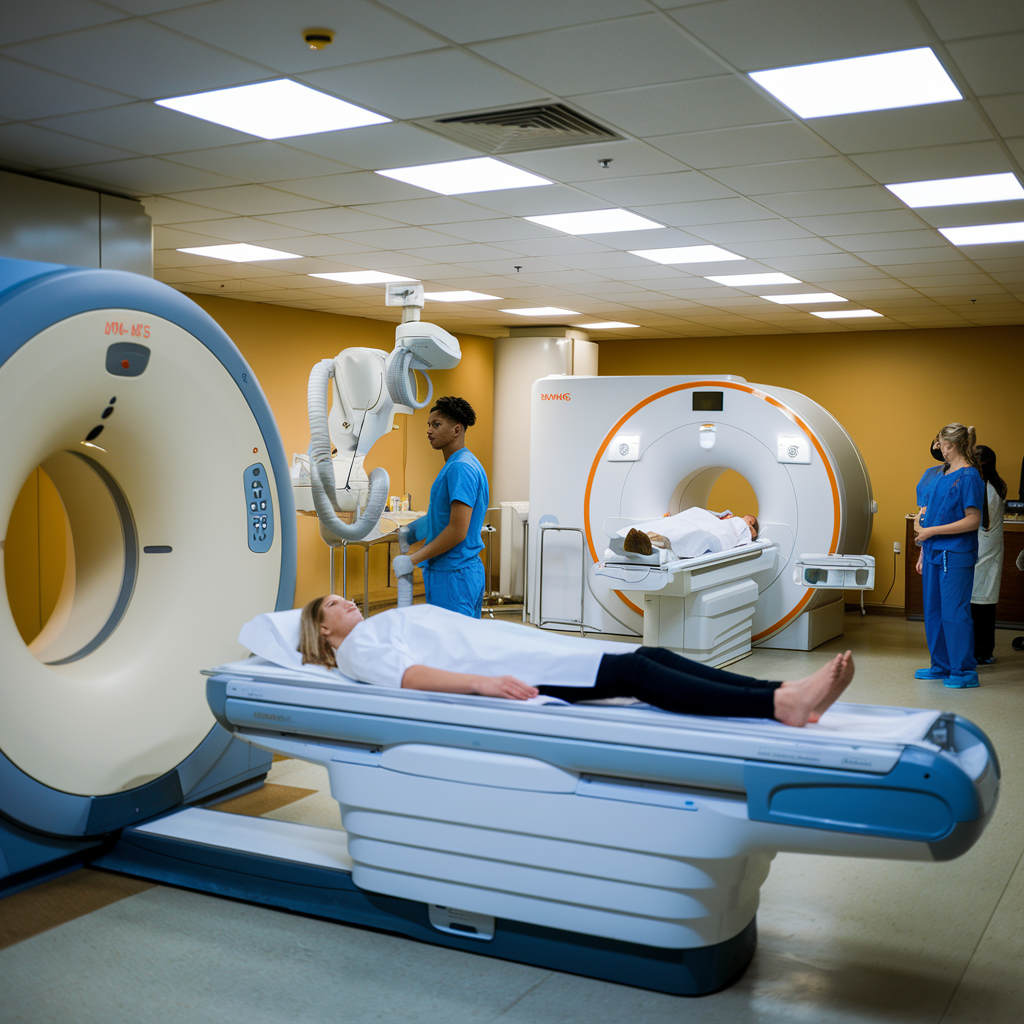When visiting a women’s health clinic, you might wonder whether to opt for 3D or 4D ultrasounds to see your baby’s development. Both use advanced sonography techniques to capture images of the fetus, but they offer different experiences.
Remember, the choice should be carefully considered based on your unique needs and the assessment from your medical care team.
What is an Ultrasound and How Does It Work?
Ultrasound technology is a widely used tool in a women’s health clinic for a variety of diagnostic and evaluation purposes.
The probe emits high-frequency sound waves that reflect off internal organs and tissues, creating images that a computer processes into two-dimensional, three-dimensional (3D), or four-dimensional (4D) scans.
These 3D and 4D scans provide detailed information about the internal structure of the body, and in the case of pregnant women, they enable the view and record of fetal movements in real-time video.
Why is Ultrasound Important in Women’s Health?
Ultrasound technology plays a significant role in women’s health, particularly in a women’s health clinic.
- It helps diagnosis and evaluate various conditions, giving healthcare providers the ability to create a personalized treatment plan for each patient.
- In addition to providing content that can lead to accurate diagnosis, ultrasound also helps in answering health-related questions that may arise during an appointment.
Many leading obgyn professionals certify the importance of ultrasound in routine and elective procedures. The ability to personalize care based on the images obtained makes it a valuable asset in a women’s health clinic.
Whether it’s to identify a condition early on or to monitor ongoing treatment, ultrasound is indispensable. It provides meaningful data that can lead to better health outcomes, ensuring patients are pleased with their care. We’ll continue to see its importance grow as technology advances.
What is the Difference Between 3D and 4D Ultrasound?

The difference between 3D and 4D ultrasound is significant in the context of a women’s health clinic. A 3D ultrasound creates a static three-dimensional image of the fetus, which can help parents see more detailed facial features. In contrast, a 4D ultrasound includes the dimension of motion, meaning it shows a live, moving video of the baby. This additional feature can allow parents to watch their baby move in real-time.
The technology behind both types involves a transducer that sends sound waves into the body. However, the cost of a 4D ultrasound is generally higher. Some insurance plans may not cover these procedures, especially if they are not medically necessary but rather for parental enjoyment.
Many clinics suggest that parents return for a 4D ultrasound around the 20-week mark to get the best images. Over the past 20 years, advancements in ultrasound technology have significantly improved the quality of prenatal care, making these ultrasounds invaluable tools for those who deal with high-risk pregnancies.
When Should You Get a 3D or 4D Ultrasound?
When deciding whether to get a 3D or 4D ultrasound, it is important to consult with your healthcare provider.
These types of ultrasounds create 3D images that allow you to see detailed views of your baby, including the baby’s face. While they are not typically considered medically necessary, they can provide reassurance and a unique bonding experience for expectant parents. A women’s health clinic can offer more information on the benefits and limitations of these ultrasounds.
What Benefits Do 3D and 4D Ultrasound Provide?
The advent of 3D and 4D ultrasound technologies has revolutionized prenatal care, providing numerous benefits for expectant parents.
One significant advantage is the enhancement of the pregnancy experience. At a women’s health clinic, 3D and 4D ultrasounds allow parents to visualize their unborn baby in stunning detail, fostering an early emotional connection. This bonding experience often brings immense joy and reassurance, making the journey of pregnancy even more memorable and special.
Moreover, these advanced ultrasound techniques play a crucial role in the early detection of potential health issues. Healthcare professionals at a prenatal center can use the detailed images to identify abnormalities and conditions that might not be visible with traditional 2D ultrasounds. Early diagnosis enables timely intervention, which can significantly improve outcomes for both the mother and the baby.
In addition to the medical benefits, 3D and 4D ultrasounds also allow parents to create lasting memories of their baby. Capturing detailed images and videos of the baby’s movements and features provides keepsakes that families can cherish for a lifetime. These visual records can be shared with loved ones, adding to the joy and excitement of welcoming a new family member.
Conclusion:
In conclusion, opting for 3D or 4D ultrasound options can significantly enhance your prenatal experience by offering clearer and more detailed images of your baby, which can be both reassuring and exciting for expecting parents.
These advanced imaging techniques provide a more comprehensive view, allowing for better monitoring of your baby’s development and potentially identifying any issues earlier. Our women’s health clinic is dedicated to providing top-tier prenatal care, and we pride ourselves on using state-of-the-art ultrasound technology to ensure you receive the best possible experience.
Choosing a 3D or 4D ultrasound at our women’s health clinic also means you are placing your trust in a team of highly skilled and comp
We encourage you to explore the benefits of 3D and 4D ultrasounds as part of your prenatal care journey.
Take the first step towards a memorable and detailed ultrasound experience by choosing our women’s health clinic.
Contact us today to schedule your appointment.










